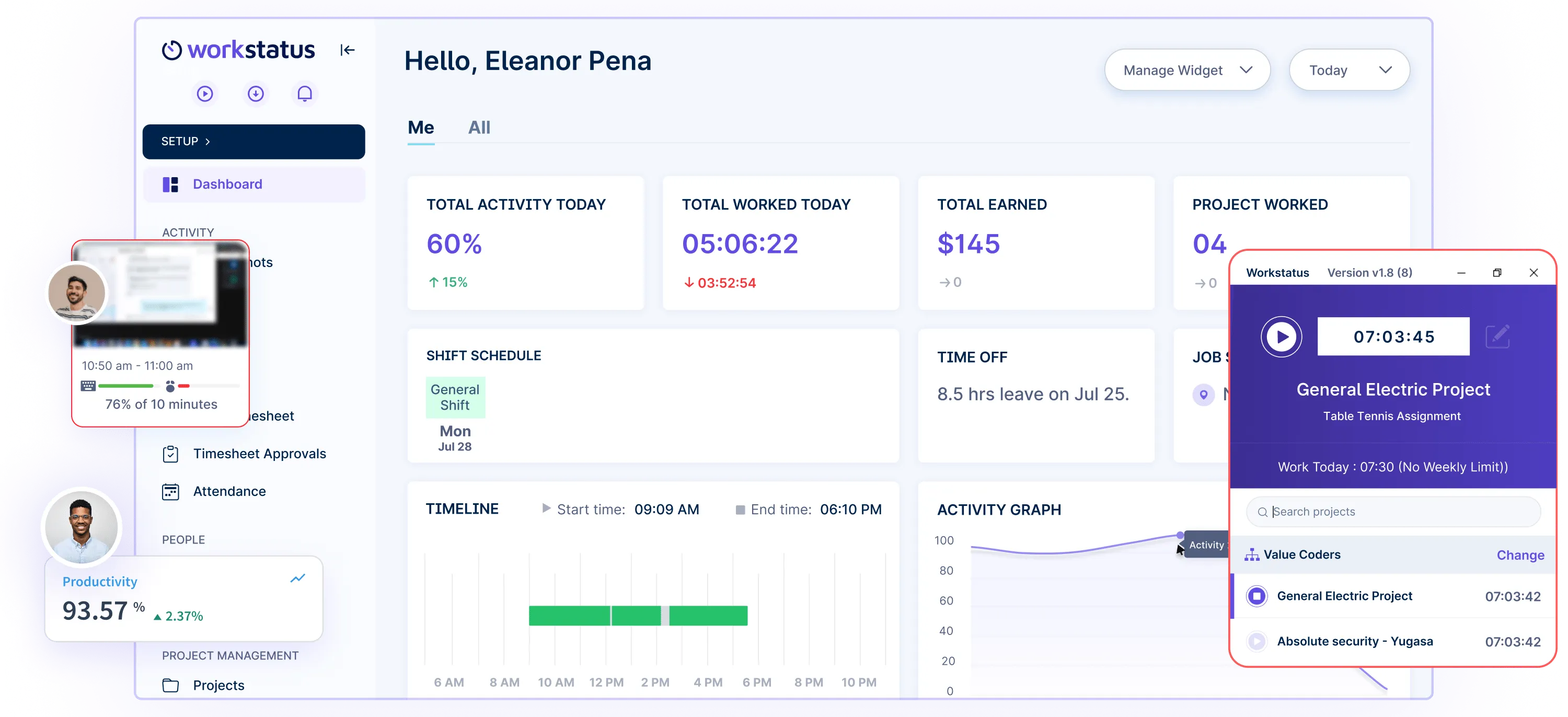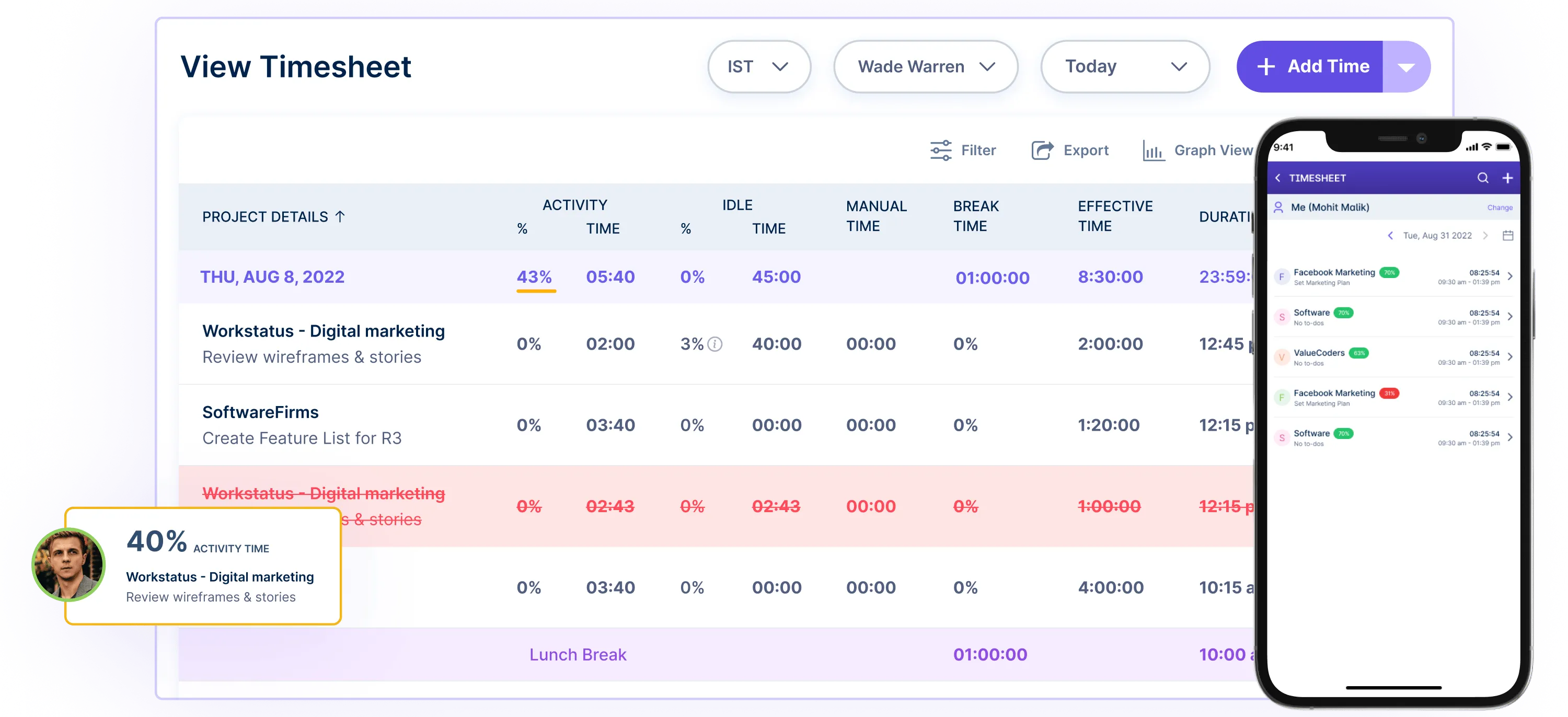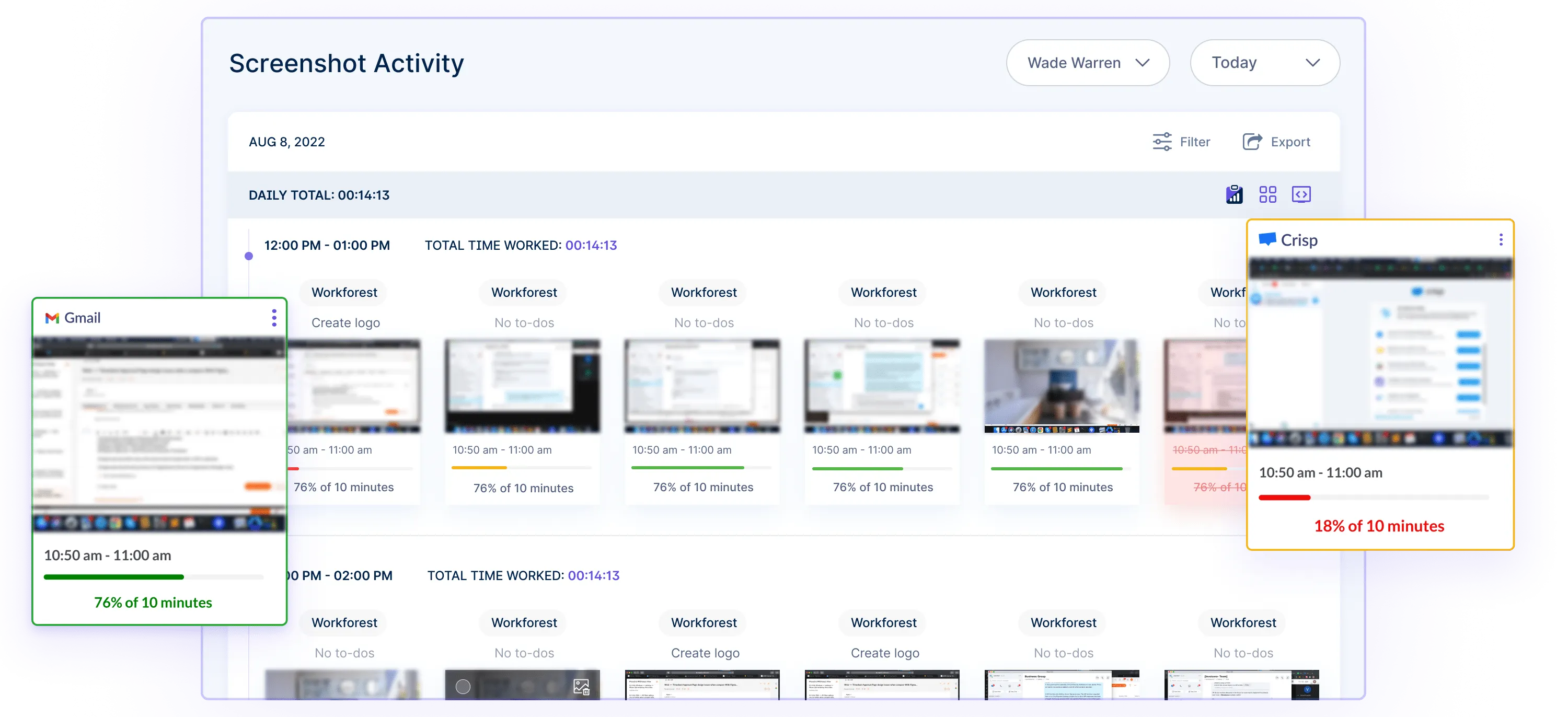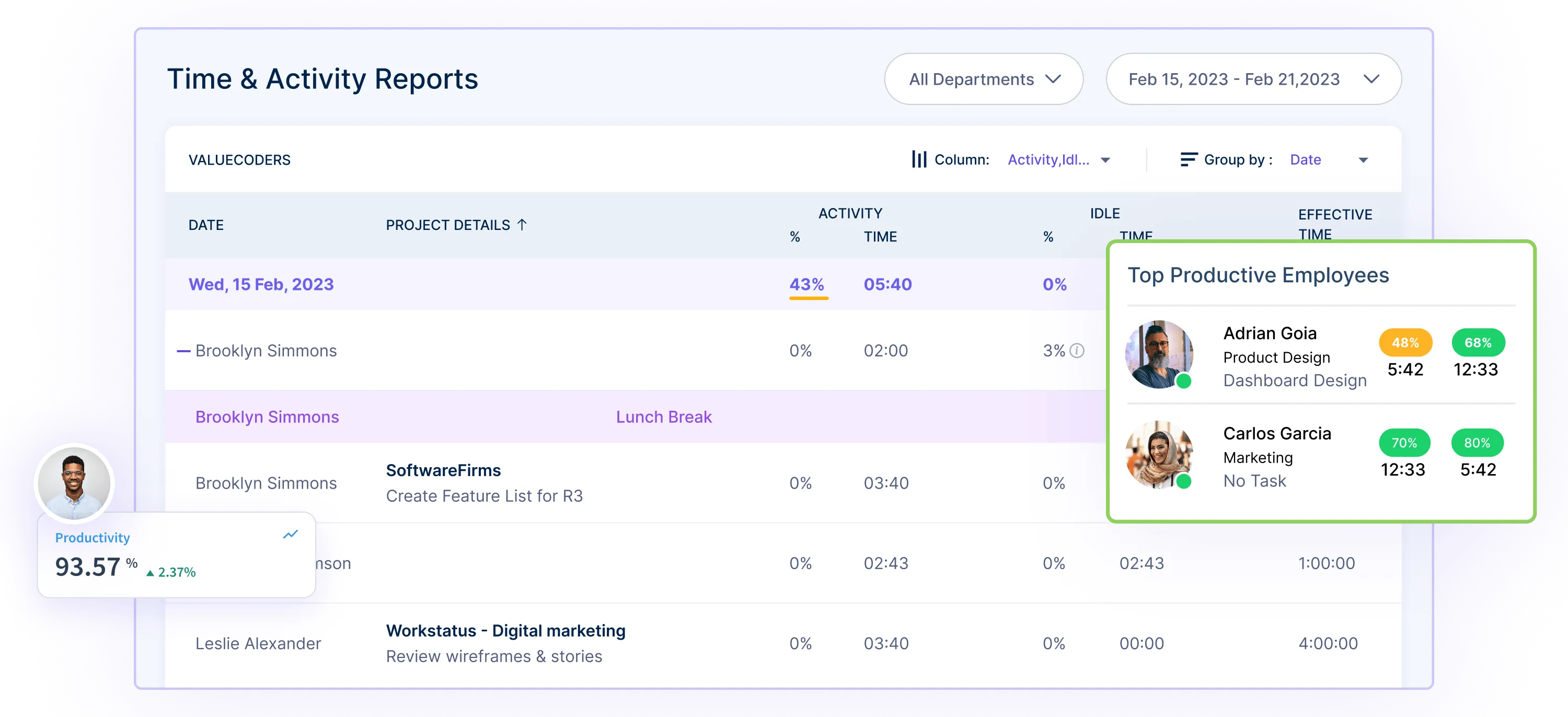Table of Contents
Introduction
Your salary is more than just a number on your payslip. It reflects your expertise, dedication, and the value you bring to your organization.
In Australia, like in many other countries, the following key factors influence how much you take home at the end of the day.
- Educational qualifications
- Years of experience
- Role and responsibilities
- Financial health of your employer
- Prevailing economic climate
All these factors play a vital role in determining your earning potential.
The recently released Hays Salary Guide for 2023-24 shows that 95% of companies are gearing up to boost employee compensation within the next year.
Surprisingly, despite the promising outlook, the Hays survey also uncovered a disheartening statistic—only 28% of employees expressed satisfaction with their current salary.
Many Australian workers feel undervalued, and a significant portion are considering the prospect of negotiating for higher remuneration or even contemplating a switch to a more financially rewarding position.
Given this scenario, it becomes increasingly important to have a complete understanding of what constitutes a typical Australian salary.
The frequency at which one can expect salary increments and the crucial determinants that have the most significant impact on one’s earning potential.
Let’s explore the Australian job market and empower ourselves with the knowledge necessary to make informed career decisions.
Average Salary in Australia: Statistics and Trends
In Australia, the average annual salary is AU $90,800, but the midpoint, known as the median salary, is about AU$ 6,650 per month.
This means that some people earn much more and some earn much less, which can make the average seem higher than what most people actually earn.
Let’s look at some major indicators of how much people usually earn in Australia so you can grasp the salary numbers and patterns in the country better.
1. Average Salary Range
Typically, salaries in Australia can vary significantly, from 1,917 AUD (equivalent to USD 1,274) per month to 33,750 AUD (equivalent to USD 22,433) per month.
This broad range reflects the diverse spectrum of income levels across various industries and professions in the country.
2. Median Salary
The term “median salary” denotes the middle value when all salaries are ranked.
Simply put, approximately half of Australia’s population earns less than AU$ 6,650 per month, while the remaining half earns more.
This figure provides a snapshot of the income distribution across the country.
3. Minimum Wage
In Australia, there’s a rule that sets the minimum hourly wage at 21.38 AUD (USD 14.21) for both part-time and full-time workers.
After increment in the minimum wage was implemented in July, meaning that people working 38 hours a week on the minimum wage now earn about $882.80 before taxes.
Recent data from the Australian Bureau of Statistics shows that the typical weekly earnings before taxes are about $1,250, which equals approximately $37 per hour.
Industries like mining, utilities, finance, and management tend to offer the highest pay.
While salaries in Australia generally increase over time, the recent increments have been small.
Some experts think it’s hard for people to buy things because salaries haven’t increased as quickly as the cost of living.
This means that even if people get more money, they might still need help paying for their requirements.
What is the Annual Salary Incremental Rate?
In Australia, workers generally experience an average salary increase of 8% over a period of about 16 months.
While the term “annual salary increment” implies a raise every 12 months, it’s not always guaranteed to happen precisely on the yearly anniversary.
This timeframe can differ depending on the industry and might be subject to adjustments based on the terms of the employment contract.
Now, let’s explore some examples of how salaries might increase across various industries in Australia:
|
Industry |
Annual Increment Rate |
|
Education |
1% |
|
Healthcare |
7% |
|
Energy |
8% |
| Construction |
6% |
| Information Technology |
3% |
| Banking |
4% |
| Travel |
2% |
Source: Salaryexplorer.com
These rates offer a glimpse into the diverse nature of salary growth within different sectors.
They indicate how some industries may provide more significant annual raises than others, depending on their specific dynamics and market demands
Top 4 Factors Affecting Salaries in Australia
The usual salary in Australia just shows how much people generally earn there.
But, in reality, what each person makes can be different.
It depends on multiple factors like:
- How much education they have
- How much they’ve worked before
- How old they are
Let’s check out how each factor can change how much people make in Australia.
1. Education
The level of education you have often influences your salary.
Higher education, such as a degree or certification, can lead to better-paying job opportunities.
According to a survey by Salaryexplorer:
| Education Level | Salary Increase Compared to Lower Level (%) |
| Ph.D. | 23 |
| Master’s Degree | 29 |
| Bachelor’s Degree | 24 |
| Certificate or Diploma | 17 |
2. Location
Where you work in Australia can impact your salary.
Cities and regions differ in their cost of living and demand for specific skills, affecting how much employers are willing to pay.
Let’s take a closer look at these numbers.
-
Average salary by City:
| City | Average Annual Salary |
| Adelaide | 100,000 AUD (USD 68,200) |
| Brisbane | 104,000 AUD (USD 70,900) |
| Melbourne | 106,000 AUD (USD 72,300) |
| Sydney | 108,000 AUD (73,600) |
Source: Salaryexplorer.com
- Average salary by State:
| State | Average Annual Salary |
| Tasmania | 55,900 AUD (USD 37,628) |
| Queensland | 62,970 AUD (USD 42,391) |
| New South Wales (NSW) | 65,000 AUD (USD 43,754) |
| Victoria | 65,000 AUD (43,754) |
Source: ABS.gov
3. Experience
The amount of experience you have in a particular field can affect your salary.
Generally, more years of experience often translate to higher wages, as experienced workers are often seen as more valuable and skilled.
Here are the salary differences based on experience:
| Years of Experience | Salary Increase Compared to Less Experienced (%) |
| 2-5 years | 32 |
| Over 5 years | 36 |
| 10 years | 21 |
| Over 15 years | 14 |
4. Industry and Occupation
Various jobs and industries need different things like skills and hours of work.
Because of this, the usual salaries can be different depending on the job or industry.
Here are the regular salaries for some important jobs in Australia:
| Job Title | Annual Salary (Avg) |
| Secretary | 43,800 AUD (USD 29,850) |
| Accountant | 66,100 AUD (USD 45,000) |
| Registered nurse | 72,600 AUD (USD 48,412) |
| Teacher | 74,800 AUD (USD 51,000) |
| Civil engineer | 83,700 AUD (USD 57,000) |
| Architect | 109,000 AUD (USD 72,800) |
| Project manager | 116,000 AUD (USD 77,475) |
| Pilot | 160,000 AUD (USD 110,000) |
| Chief Executive Officer (CEO) | 204,000 AUD (USD 136,100) |
Source: Salaryexplorer.com
Here is the list of salaries based on different industries in Australia:
| Industry Type | Annual Salary (Avg) |
| Automotive | 59,300 AUD (USD 40,400) |
| Engineering | 76,600 AUD (USD 52,200) |
| Telecommunications | 80,000 AUD (USD 53,394) |
| Oil/energy/mining | 81,800 AUD (USD 55,800) |
| Human resources | 85,900 AUD (USD 58,600) |
| Insurance services | 91,100AUD (USD 60,780) |
| Information technology | 91,200 AUD (USD 62,200) |
| Real estate | 103,000 AUD (USD 70,200) |
| Science and technical services | 122,000 AUD (USD 81,398) |
In Australia, how much people get paid depends on where they work.
People in the public sector make about 5% more than people in the private sector.
Tips for Negotiating Salaries in Australia
Here are the most beneficial tips for negotiating salaries in Australia.
1. Research salary benchmarks: Understand the typical pay for your role in Australia using websites like PayScale and Job Outlook.
2. Consider the cost of living: Account for living expenses in your negotiation, factoring in differences between cities and regions.
3. Highlight your skills and experience: Emphasize your unique qualifications and work history to showcase your value to the company.
4. Know your worth: Be confident in explaining why you deserve the salary you’re asking for, citing specific achievements.
5. Practice effective communication: Maintain a positive and professional demeanor, clearly expressing your expectations while listening to the employer.
6. Be flexible: Openly discuss alternative forms of compensation, like benefits or flexible work arrangements.
7. Timing is key: Initiate salary discussions after receiving a job offer to demonstrate your genuine interest in the role.
8. Prepare for counteroffers: Anticipate potential counteroffers and decide what you’re willing to compromise on.
9. Document everything: Ensure any agreements made during negotiations are clearly outlined in your employment contract.
10. Seek professional guidance if needed: Consult a career coach or recruiter familiar with the Australian job market for additional support during the negotiation process.
Let’s look at some of the significant industries that people prefer in Australia and can make a lot of money.
Top 5 Industries in Australia with High Potential
These five kinds of industries are thought to be able to make a lot of money in Australia:
Manufacturing: Making things has its tricky parts, but it helps the country’s economy and creates many jobs for people in Australia.
Wholesale Trade: Wholesale trade is a big part of Australia’s job market, giving many people the chance to work.
Construction: Building things is a big deal in Australia. It helps the economy and gives many people the chance to have a job. It’s expected to grow more, which means more jobs in the future.
Electricity, Gas, Water, Waste Services: Australia uses more wind and solar power, creating jobs in the electricity, gas, water, and waste services areas. It shows that the country wants to use more energy that’s good for the environment.
Mining: Mining is doing well in Australia, especially with things like iron ore becoming more valuable. It’s not just helping the country make more money but also giving lots of people the opportunity to work in different parts of Australia.
How much do these industries pay to their employees?
| Industry Type | Weekly Earnings (Average) |
| Manufacturing | 1,335 AUD (USD 916) |
| Wholesale trade | 1,340 AUD (USD 920) |
| Construction | 1,574 AUD (USD 1,080) |
| Electricity, gas, water, waste services | 1,922 AUD (USD 1,318) |
| Mining industry | 2,675 AUD (USD 1,835) |
Salary Management with Workstatus
Workstatus helps organizations understand more about their employees and how they work.
It looks at how many hours they work, what kinds of tasks they do, and how productive they are.
It can help companies make better decisions regarding the salaries of the workforce.
Moreover, you can read all data in easy-to-understand charts and graphs, so it’s simple to see what’s going on with the workforce at a glance.
Here is how Workstatus can help you create a fair salary structure for your employees, considering their skills, work hours, performance, attendance, and more.
1. Online Timesheets
Workstatus allows employees to log their work hours online, making it easy to track how much time they spend on tasks and projects.

2. Overtime Tracker
Overtime Tracker lets employers monitor and manage employees’ extra work hours, ensuring they are compensated fairly for any additional time they put in.
![]()
3. Attendance Tracking
You can keep a record of your employees’ attendance, making it more straightforward to manage schedules and ensure that everyone is present when needed.

4. Habit Tracker
The Habit Tracker enables employers to monitor employee habits and routines, promoting a healthier work-life balance and boosting overall productivity.

5. Performance Tracking
Companies can assess employee performance based on predefined metrics, helping them recognize top performers to decide the salaries and appraisals accordingly.

6. Automated Reporting System
Automated Reporting System generates comprehensive reports based on the data collected, simplifying the process of analyzing employee information and making informed decisions about salary structures and rewards.

Closing Thoughts
Salaries in Australia keep going up, but they’re less than what people earn in the United States and the United Kingdom.
However, people in the mining, electricity, construction, trade, and manufacturing jobs usually get the most money in Australia.
Use this article to understand how much the average Australian salaries are and what things affect how much people make each month in the country.











